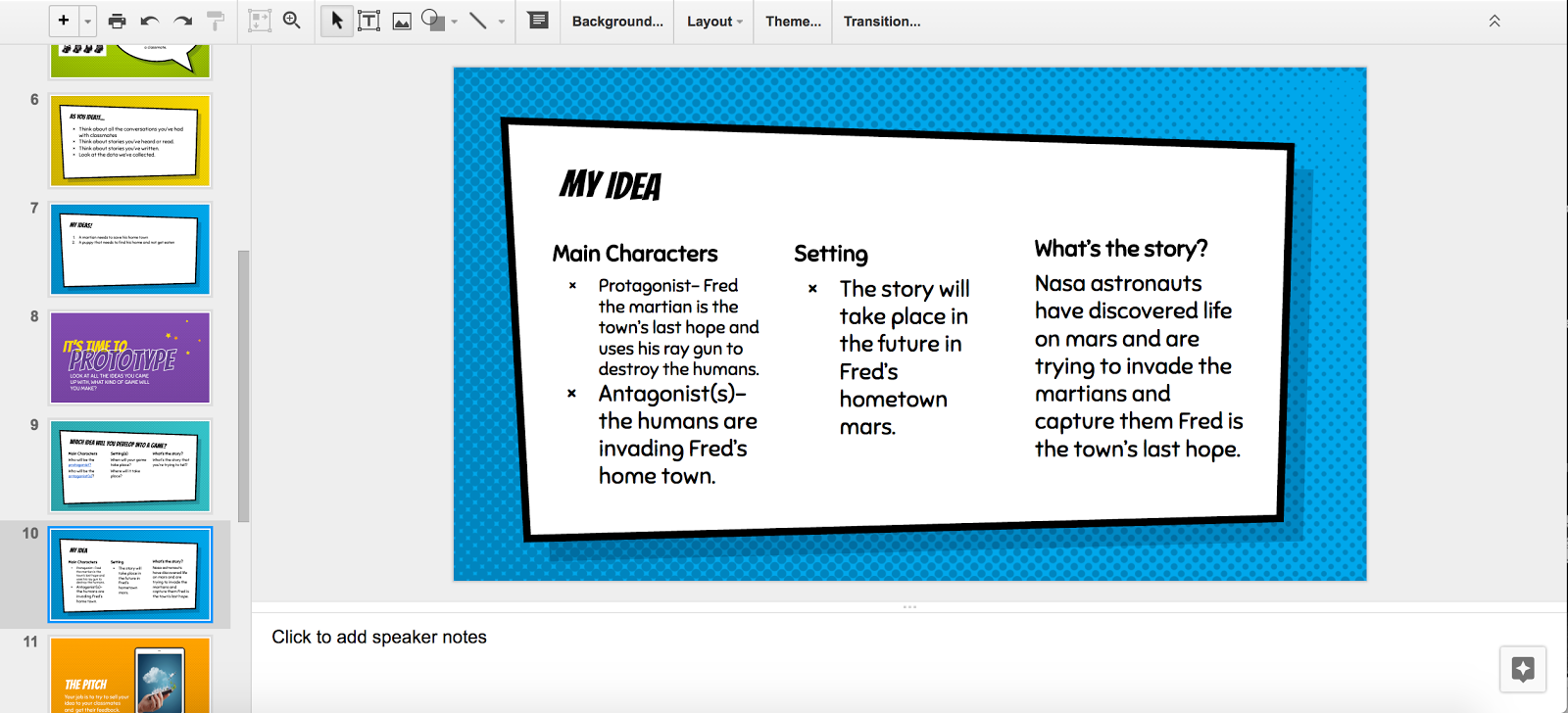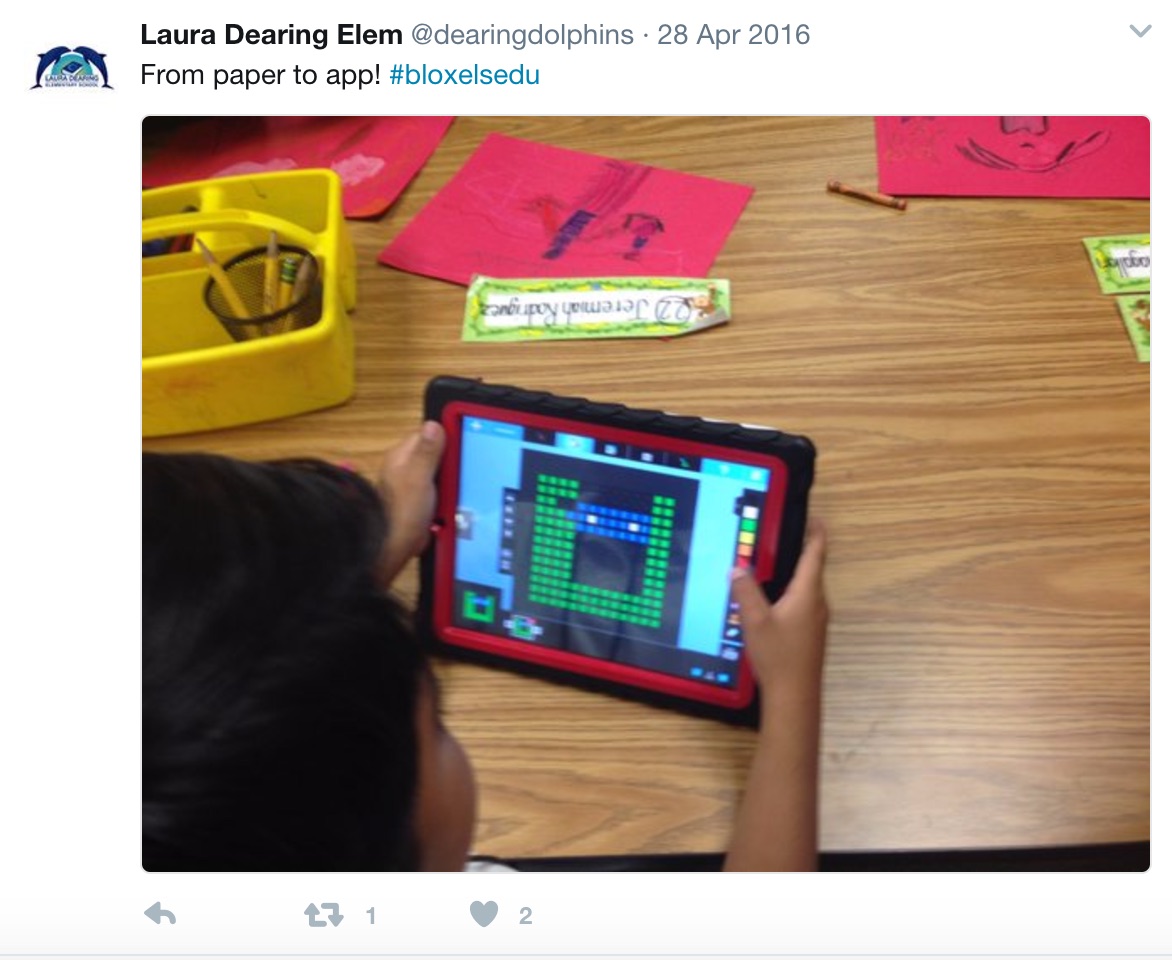Farting in a bottle.
My entire early philosophy on teaching began with this phrase. It encapsulated my desire to give students structure (the bottle), but allow them space to iterate in the structure, free of impediments. This process would be messy and chaotic, hence the nod to flatulence. I wanted my students to “smell” like people that brainstormed, experimented, succeeded and failed. It worked pretty well, but like all good things, it would have to evolve.
What happen was, I realized the bottle was too safe. I was limiting what my students could accomplish because I was embracing caution and eschewing risk. My quest for an enhanced viewpoint led me to where I often find inspiration: hip-hop.
Form follows function
Hip-hop artist Lupe Fiasco dropped this food for thought while I was driving to work five years ago:
Imma just go...And then we’ll figure it out from there
They say form follows function
And if you just function properly, things will form themselves.
As soon as I got to work, I googled “form follows function,” a term I discovered was coined by Louis Sullivan, architect, mentor to Frank Lloyd Wright, and overall cool dude.
My search had pointed me in the direction of Sullivan's “Kindergarten Chats." As I read, I contemplated how a person that built structures as a vocation could influence how I built those of my own in my classroom. After all, Sullivan was known as the “Father of the Skyscraper.” He built structures that defied gravity. Now I wanted my classroom to defy gravity too.
According to Sullivan, function—the purpose of the thing—precedes form. In other words, what something does should determine what the thing looks like. While the whole “this is the law” deal was little too Judge Dredd for me, I really liked the simplicity of the concept. Mr. Sullivan and I were becoming fast friends and I was able to marry his ideas to another interest of mine...design thinking.
How design thinking works
Sullivan and design thinking go together like Laverne and Shirley. Made popular by IDEO, design thinking breaks down solution finding into 5 steps:
- Empathy: Using observations, questions, and conversations in order to determine what solutions people need.
- Analysis: Examining the data mined in order to find trends that might illuminate the roots of the problem.
- Ideation: Brainstorming solutions to the problem.
- Prototyping: Building a MVP (minimal viable product) in order to solve the problem.
- Testing/Feedback: Sending the MVP to testers and allowing it to be criticized so it can be improved.
Using Sullivan as my guide, I melted the five step process into three simple ones: Function, Form, and Aesthetic.
Imma just go...and then we’ll figure it out from there
It all begins with function, which marries the empathy and analysis components of design thinking. Using observations of the world, conversations, and provocations, students start down a path that allows them to question what happens in the world and begin to research causes for problems. Tools like Google Forms and Typeform to construct and deliver surveys, Google Hangouts and Skype for telecommunicating, and Flipgrid for visually recording wonderings work well during this stage.
To demonstrate this process, I’ll refer to a video game design activity students were asked to first conduct research. In order to determine which type of games to create, students crafted a survey using Google Forms.

Using the information garnered from the surveys, conversations, and research, students examine the data to determine possible solutions.
They say form follows function
We then progress to the form stage, which combines the iteration and prototyping aspects of design thinking. Here students pitch ideas for solutions as well as begin to design them. This is a great opportunity for students with different strengths to collaborate and contribute any ideas they might have.
Google Docs and tools like Pitchcard are great for the brainstorming portion, as are tools like Dotstorming, Popplet, and Google Keep. Students can create presentations for their pitches using slide decks and video.
Once ideas are considered and a path chosen to proceed, students create an MVP or minimum viable product. This is a beta version of the solution that can be used until the process is perfected.

And if you just function properly, things will form themselves…
MVP in hand, we consider the aesthetic. How does one improve upon a prototype? By getting it into the hands of someone who will use it and let you know what needs to improved. Observations and surveys of users allow students to determine what works and what could be better. Once these are made apparent, students can revisit the thought process from their FORM stage.

Using the Sullivan Method, the concepts of choice and collaboration are ubiquitous in my classroom. Whether designing video games or planning a video to explain how to create equivalent fractions, students have a structure in which to operate as freely as they wish. My goal was to utilize Sullivan and design thinking to impact student outcomes and build skyscrapers, with the only limit to their ambition their own imaginations.


